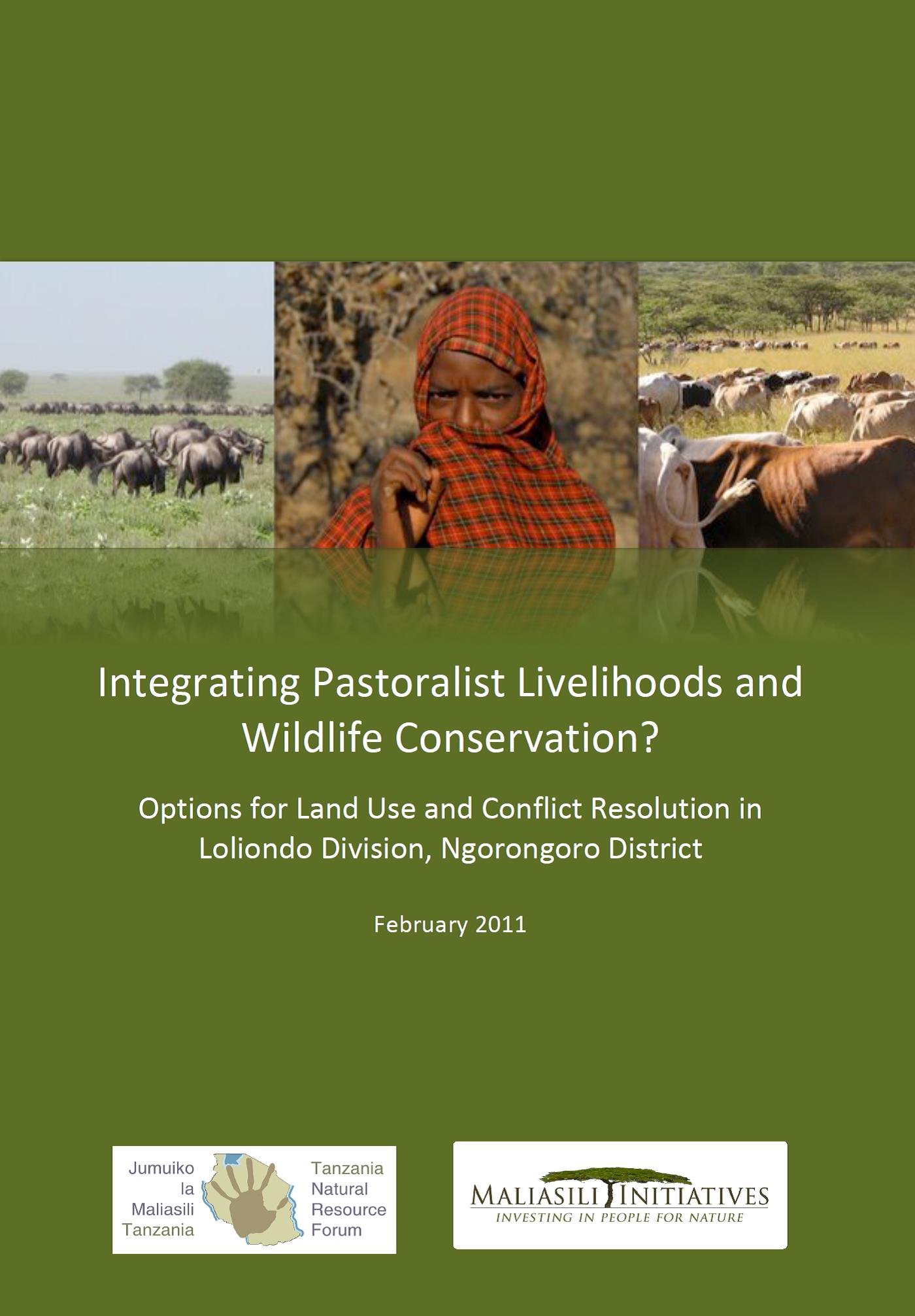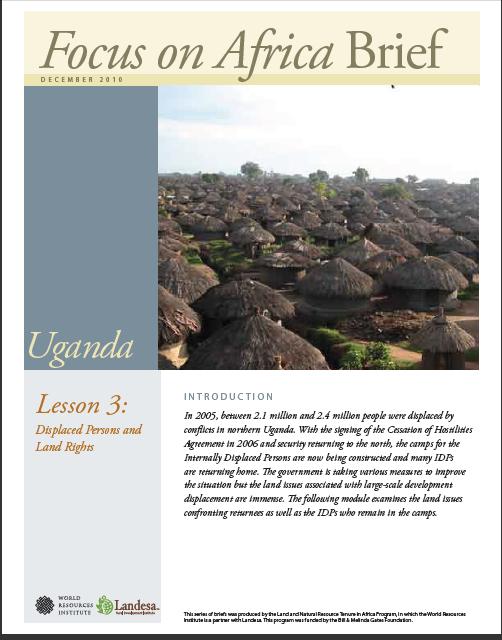Proyecto de Protección al dominio nacional sobre la propiedad, posesión o tenencia de las tierras rurales
El proyecto de "Protección al dominio nacional sobre la propiedad, posesión o tenencia de las tierras rurales" en su artículo 9 establece hasta un tope de 1000 hectáreas en la tenencia de las tierras rurales por parte de un mismo titular extranjero.
Chaco Boreal ¿una o muchas regiones?
* Oscar Bazoberry Chali
Militarization, Development and Displacement: Conditions for villagers in southern Tenasserim Division
Villagers in Te Naw Th'Ri Township, Tenasserim Division face human rights abuses and threats to their livelihoods, attendant to increasing militarization of the area following widespread forced relocation campaigns in the late 1990s. Efforts to support and strengthen Tatmadaw presence throughout Te Naw Th'Ri have resulted in practices that facilitate control over the civilian population and extract material and labour resources while at the same time preventing non-state armed groups from operating or extracting resources of their own.
Land Moves up the political agenda
Includes land forum to debate tough issues, land law and land rights, resuming community delimitation, Lioma, Niassa, exaggerated plans fuelled by secrecy and speculation, poor consultations mean communities lose out, biofuel expansion slower than expected, hundreds of land conflicts, resettlement badly done, the Chinese land grab myth.
Integrating Pastoralist Livelihoods and Wildlife Conservation?
This report provides an overview of the conflict in Loliondo, reviewing historical information, current land uses and tenure arrangements.
Irregular and illegal land acquisition by Kenya’s elites: Trends, processes, and impacts of Kenya’s land-grabbing phenomenon
The International Land Coalition (ILC) has commissioned this present report to analyse the illegal/irregular acquisition of land by Kenya’s elites to ascertain the types of land affected, the processes used to acquire land, and the profiles of the perpetrators, as well as to identify the victims and the impacts of land grabbing.
Irregular and illegal Land Acquisition by Kenya’s Elites: Trends, Processes, and Impacts of Kenya’s Land-Grabbing Phenomenon
The International Land Coalition (ILC) has commissioned this present report to analyze the illegal/irregular acquisition of land by Kenya’s elites to ascertain the types of land affected, the processes used to acquire land, and the profiles of the perpetrators, as well as to identify the victims and the impacts of land grabbing. The report is drawn largely from the Kenya Land Alliance (KLA)’s series “Unjust Enrichment: The Making of Land Grabbing Millionaires”,
Focus on Africa: Uganda Lesson Brief, Displaced Persons and Land Rights
The following lesson brief examines the land issues confronting returnees as well as the IDPs who remain in the camps in Uganda. In 2005, between 2.1 million and 2.4 million people were displaced by conflicts in northern Uganda.
Analysis: Land deals "threaten South Sudan's development
[From IRIN - Humanitarian news and analysis] JUBA, 12 December 2011 (IRIN) - Land deals done in newly-independent South Sudan “threaten to undermine the land rights of rural communities, increase food insecurity, entrench poverty, and skew development patterns” in the resource-rich but poor nation, a new report says.
Pastoralism and Conservation - Who Benefits?
Conservation business is booming in East Africa, but is threatened by major long term wildlife declines. Pastoralist rangelands are among the highest-earning and fastest-growing tourism destinations, but their populations have mean incomes and development indices consistently below national averages. Governments and conservation organisations see green development, often through community-based conservation (CBC), as building sustainable livelihoods and biodiversity conservation in EA rangelands.
Land Deals in Kenya: The Genesis of Land Deals in Kenya and its Implication on Pastoral Livelihoods
In Laikipia the key dynamics centre on absentee land, much of this being land that was divvied out to Kikuyu by Kenyatta after independence. Much of this land (particularly north of the 600mm rainfall band) is not viable for cultivation. However, it was used by the Kikuyu title-holders as collateral to acquire loans with the Agricultural Development Corporation and others. Maasai, Samburu and Pokot herders have been grazing this land since the 1970s.








